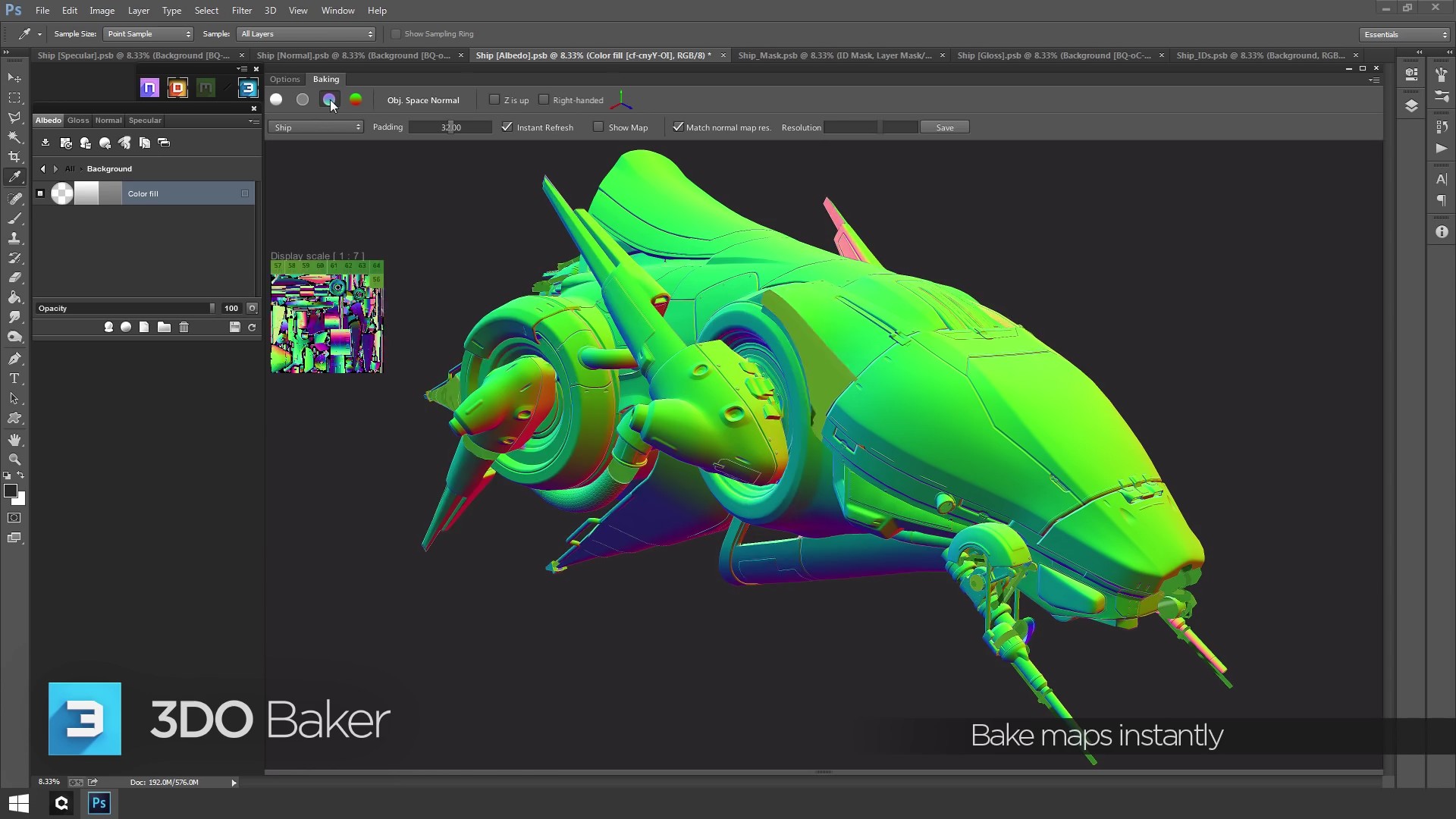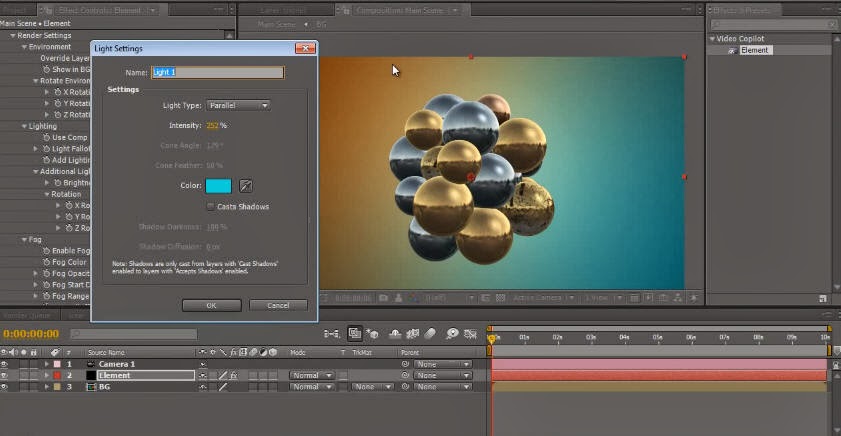
I started my work on two elements: the mountains behind the valley and the cabins, certainly. Thus we have a deep hazy valley with some nice vistas, the cabins scattered along the ridge of the mountains and some uphill background leading to the glacier dimmed by the dark clouds. Site context may take the ethereal landscapes of the north such as Tromso, Lofoten or even iceland.įirst of all, I’ve made the rough sketch in which I tried to build the scene that is interesting all 360 degrees around.

The word primitive and robotics is the biggest narratives here as the cabins is an ever evolving, adapting to its surrounding and environment, adding new or old, nature/raw materials to its constructions, expansions and adaptability to the site, perhaps redefining a new semiotics for how a cabin habitat evolves. The proposal consist of a mix between raw materialism, hi tech materials and deconstructivsm.

” how robotics or hi tech the cabins is today will become primitive tomorrow rite? ” : whilst mostly inspired by the latter architecture and small habitat design. That aside, my concept derives and inspired by the architecture of thom mayne of morphosis architect and wes jones architect.

This allows you to leverage Photoshop’s already accustomed toolset and redirect it for texturing live 3D models - All without leaving photoshop.I just knew, the synonyms for cabins includes the words amongst others includes shanty shack, shed, bothy, shieling, shiel, but and ben cabana tilt mia-mia, gunyah, humpy whare hok archaiccot archaicshebang. If you are unfamiliar, the Quixel Suite of tools, gives you an amazingly powerful texturing workflow for 3D models, right in Photoshop. Here, 3D Artist Jonathan Östberg posts a quick look at how you can use Maya’s Transfer Maps tool to create Color ID Maps, and then show how you can use those maps with the Quixel Suite in Photoshop. Using Color ID can allow you more control over which parts of the model will accept various textures. How to transfer and create a color ID in maya 2016 for Quxiel Creating color ID Maps are pretty straight forward in Maya, using the Transfer Maps tool.

If you are looking to selectively place textures on certain parts of your model when you are working with the Quixel Suite, then Color ID Maps are your friend.


 0 kommentar(er)
0 kommentar(er)
